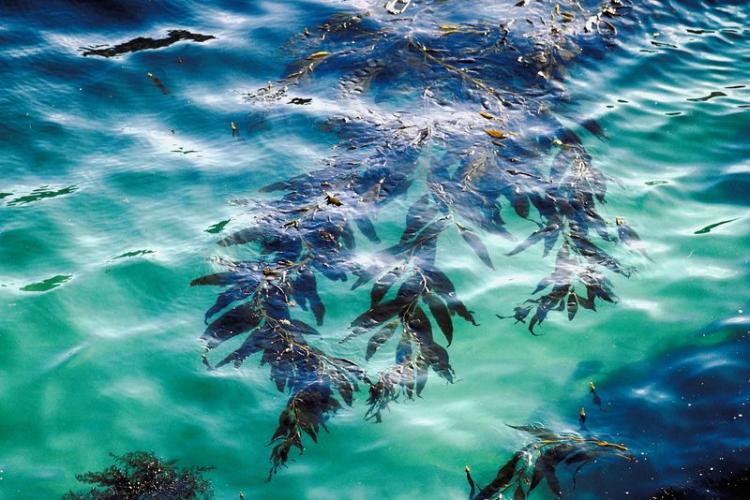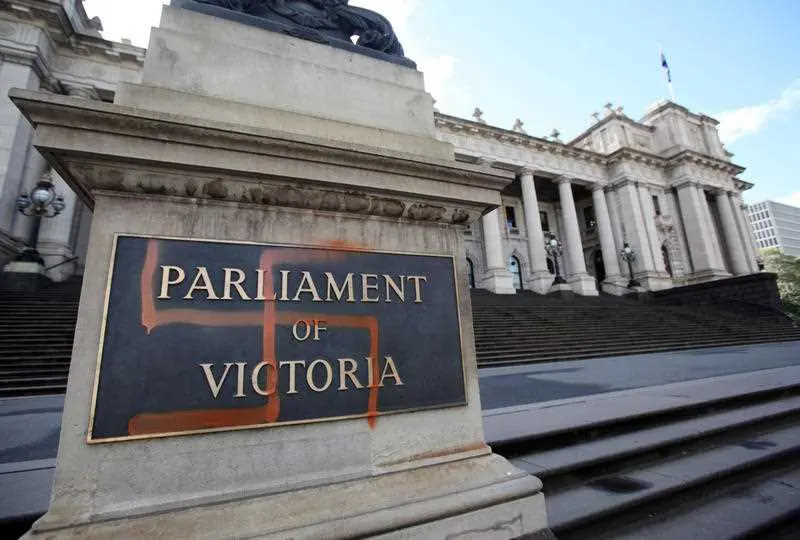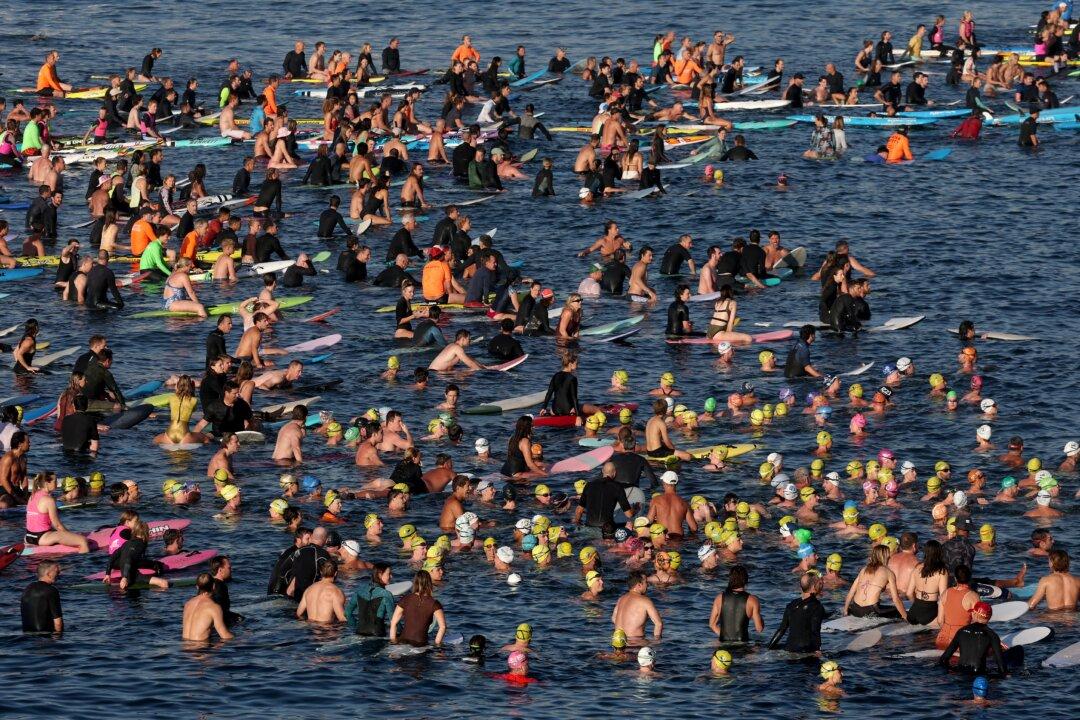Australian seaweed farmers aim to produce $100 million (US$66 million) worth of the product within years but complain regulations are holding them back.
Jo Kelly from the Australian Seaweed Industry concedes Australia will miss its 2025 production targets by a considerable margin.





